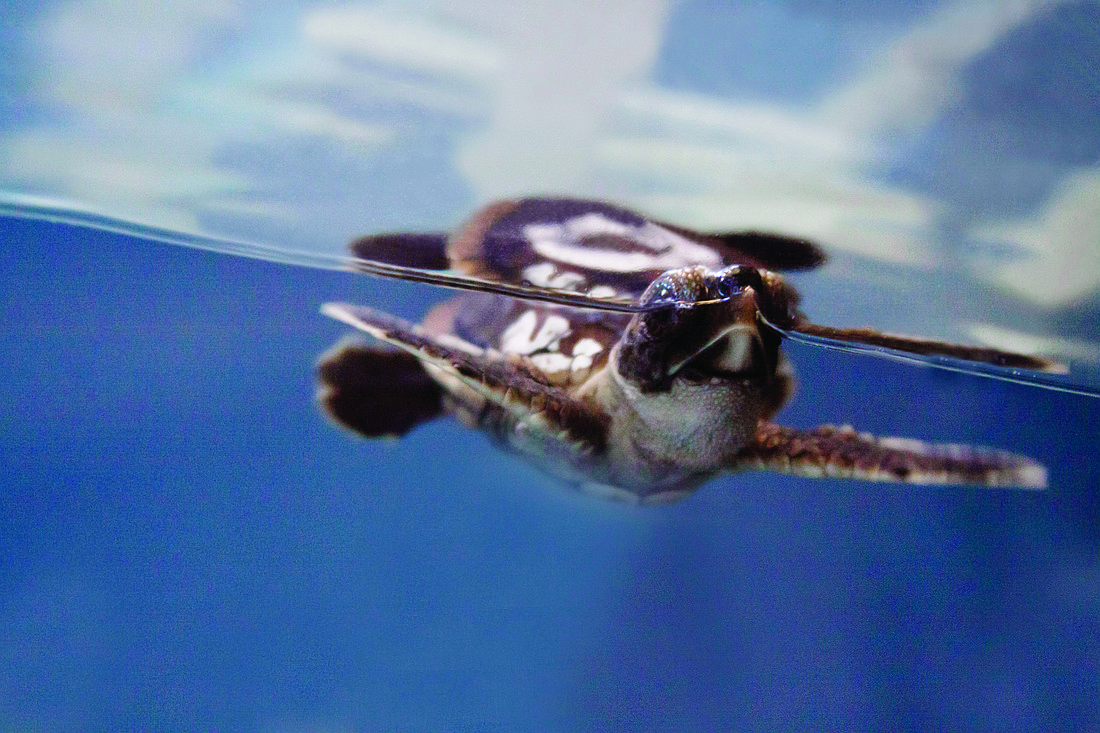- November 15, 2024
-
-
Loading

Loading

Technology advances have made it easier than ever to protect sea turtles from lights that can disorient them, said Florida Fish and Wildlife Conservation Commission Biologist Tonya Long.
“Now that LED technology is so widely available, there are more and more good options for lighting that wouldn’t have been available even five years ago,” said Long, who works for the state on beachfront lighting issues. “We think that’s a huge advantage.”
But Longboat Key had more turtle disorientations this past year than it had in years previous — in part due to the numbers of turtles on the beach, said Longboat Key Turtle Watch chairwoman Cyndi Seaman.
So what can be done to ensure more turtles aren’t disorientated this year?
First it’s important to understand the problem. Sea turtles are attracted to lights — specifically the white and blue light created by the reflection of the moon on the Gulf of Mexico. Turtles use that light to navigate seaward after laying, or hatching from, eggs.
Many artificial lights can mimic the luminescence of the moon reflected off ocean water, causing turtles to waddle landward toward the brightness of civilization rather than the glow of the Gulf of Mexico.
The best way to know if lights are too bright for turtles is to walk onto the beach and look at a property, Long said. She said if the lights are visible from the beach, it will likely affect sea turtles.
Those lights come from both inside and outside buildings, making the challenge of keeping the beach dark twofold, Long said.
There are a few ways to adapt outdoor lights that can make them turtle friendly: shield the light or change the bulb, Long said.
Many of the streetlights on Longboat Key can serve as an example of how to shield a light from shining on the beach. The idea is to add a barrier around the base of a light so that it only glows downward.
This cost-effective, low-impact tactic is designed to keep light off the beach yet still offer appropriate illumination for pedestrians and vehicles.
The other option for turtle-safe outdoor lighting is to replace the light itself, Long said. Turtles are not attracted to longer light wavelengths, like red, orange and yellow. Think of the rainbow: violet is the short end of the spectrum and red is the long end.
The idea with this tactic is to not just change the visible color of the light, but to ensure that short-wavelength light does not make its way to the beach. That means red party bulbs or light covers won’t work: those faux-solutions only change the way our eye perceives the light, not the actual wavelength of the glow from bulb, Long said.
For a list of turtle friendly lighting, myfwc.com/conservation/you-conserve/lighting/certified/.
The obvious answer to stopping indoor lights from shining onto the beach at night is to block the light with shutters, blinds or curtains. But that’s not always the most attractive option, especially for homeowners who purchased beachfront property.
There is another option that is less labor intensive but a bit more costly, Long said: window tinting. It’s almost like window tints on a vehicle except in a home. The standard the state has set for turtle protection is 45% transmittance; that is a screen that blocks 55% of light from passing through.
But that 45%, often marketed as “turtle friendly,” is often not enough to keep lights from shining onto the beach, Long said.
“That number has sort of been on the books for a long time,” Long said. “And now that technology has advanced, much lower transmittance tints that are available on a wide scale.”